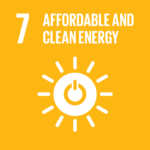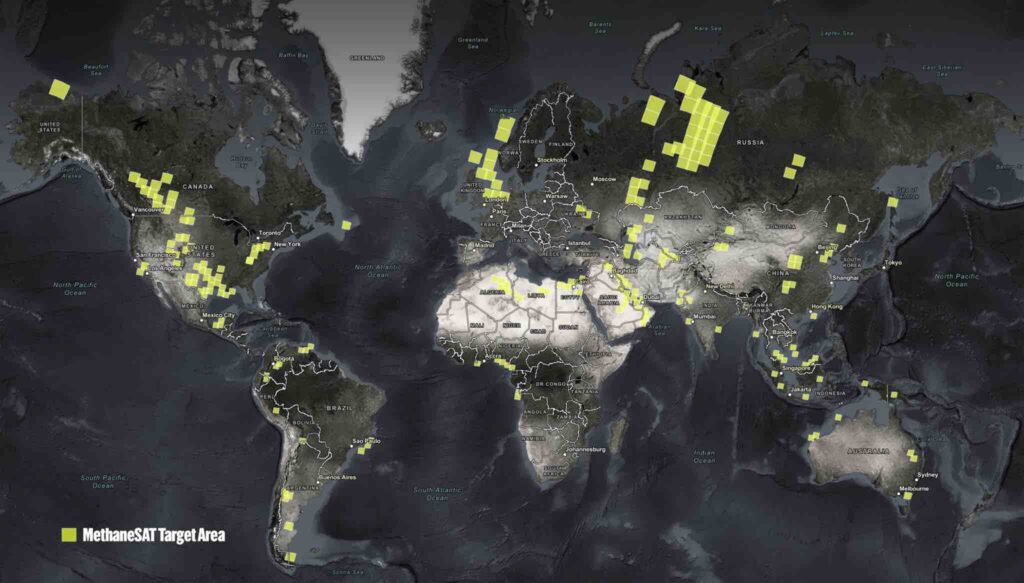A groundbreaking satellite to track global methane emissions : The data collected from MethaneSAT will be publicly available in near real-time.
In a monumental step towards combating climate change, MethaneSAT—a collaborative endeavor between the Environmental Defense Fund, Harvard University, and several other partners—aims to revolutionize our approach to monitoring greenhouse gas emissions. This cutting-edge satellite, designed to scrutinize methane emissions from oil and gas production on a global scale, recently embarked on its journey into Earth’s orbit, launched aboard a SpaceX rocket from Vandenberg Space Force Base in southern California.
RELEVANT SUSTAINABLE GOALS




Miles away from the launch site, the atmosphere was electric at Harvard University, where Steven Wofsy, a professor of atmospheric and environmental science, watched the event unfold. Having steered the satellite’s development from its nascent stages in 2015, Wofsy likened the launch to “looking over the edge of a cliff,” a pivotal moment that marks the transition from years of preparation to active mission execution.
The satellite’s deployment was celebrated at Harvard, where around 100 students and faculty convened in the atrium of the university’s newly inaugurated Science and Engineering Complex in Allston. The gathering, held on a Friday before the launch, was not just a testament to the technical achievement but also a moment of collective anticipation and hope. As Wofsy put it, with the satellite’s successful placement into orbit, “it’s showtime,” signaling the start of a new era in environmental stewardship.
MethaneSat
MethaneSAT, a pioneering 800-pound satellite, is set to transform our understanding of methane emissions from oil and gas fields across the globe by providing publicly accessible, near real-time data.
Methane is the second leading driver of climate change after carbon dioxide and is responsible for approximately 30 percent of current warming. In the oil and gas sector, methane leaks, or in some cases, is intentionally vented, at every point in the supply chain, from wellheads to compressor stations and pipelines.
Curbing methane emissions is widely viewed as the most effective way to slow the rate of climate change in the near term due to methane’s potency as a greenhouse gas, over 80 times that of CO2, and the relatively short amount of time it remains in earth’s atmosphere.
“We can dramatically reduce the rate of increase over the next couple of decades by addressing methane and doing it aggressively,” said Steven Hamburg, chief scientist for the Environmental Defense Fund.
MethaneSAT, a milestone of human effort and resolve, marks a significant step forward in our collective endeavor to combat climate change. By offering unprecedented insights into the emissions profiles of various gas supplies globally, it empowers us to make informed decisions, distinguishing between the environmental impacts of different energy sources
Lead image courtesy of MethaneSAT
You may also be interested in :
Southeast Asia’ s Renewable Energy Surge : Navigating Delays and ASEAN’s 2025 Clean Power Goals



